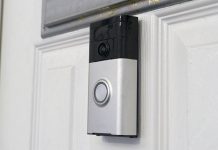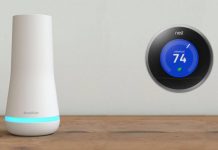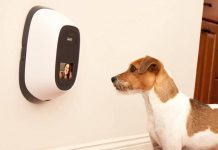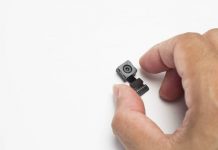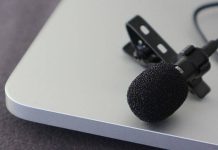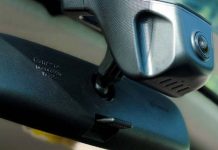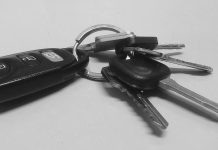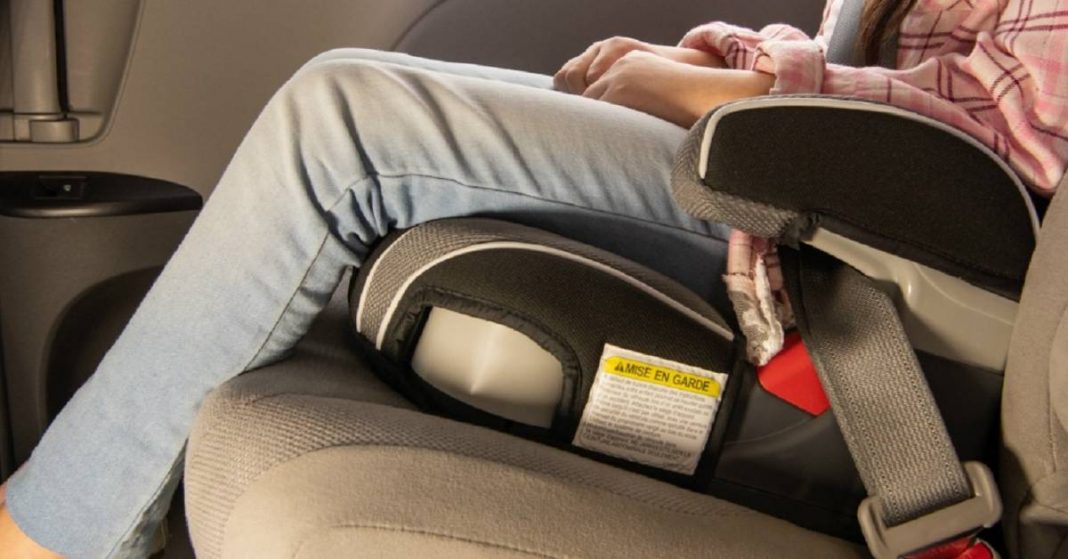UPDATED December 11, 2021 This piece has been updated to reflect the emergence of new technology


Christian Mathews Security Writer
Keeping your child safe in the car is a top priority for many parents. Knowing which seats are best suited for their age and knowing when to upgrade to the next seat type is not only important for the comfort of your child but especially for their safety. If you’re considering a booster seat, but also asking which car seat for your 3-year-old is best, then this article may not be best suited. You’ll see why as we explain further below.
1Introduction
You most likely have your child in a rear or forward-facing convertible or even harness seat. Now you’re wondering whether they are ready to move to a booster seat or not?
The booster seat is the last car seat that a kid would use before moving to the traditional seat belts in your car.
2When to Switch to a Booster Seat?
Keep your kids in a forward-facing car seat with a 5-point harness until they reach the top height or the upper weight limit allowed by your car seat. It is best to refer to the manufacturer’s manual for those limits.
Once your child outgrows that car seat, they might be ready for a booster seat. Your child will need to be at least 40 pounds to use a booster seat. There are different high back booster seat requirements that you can consider when making the switch.
Different states have varying laws regarding the use of toddler car seats. As an example, some states require your child to use a booster seat until they are four feet and nine inches tall. With such, most kids might need a booster seat up until they are already 10 or even 12 years old. You can already find the best booster seat for a 5-year-old.
3What is a Booster Seat?
A car seat with no harness is also referred to as a booster seat. This kind of seat would raise your child so that the shoulder and lap belt fit just right. For children that are too big for a harness car seat yet not big enough to use an adult seat belt, booster seats are the ideal transition seat. The correct fit of the seat belt is most important to avoid injury should you end up in a crash.
4Types of Booster Seats
There are three common types of booster seats that protect children in car crashes. Ensure you follow the instructions from the manufacturer for each type. Pay close attention to the weight limits provided on the seat label.
We’ve listed the types of seats, based on when you would use them.
Combination Seat
Also referred to as Forward-Facing Seat with Harness, it combines the car seat with a booster seat allowing the children to utilize the same seat as they grow up.
For kids between 20 to 40 pounds, simply attach the safety seat to the car’s seat using the seat belt and buckle the kid in with the harness. As the kid reaches 40 pounds, you have to remove the harness and detach the safety seat from your car’s seat, making you have a high-back booster seat.
You can use the lap and the shoulder belt to buckle the child in safety and this type of booster seat could be used in cars, both with and without headrests.
High-back Booster Seat
This will be utilized with a lap and shoulder belt, similar to the no-back booster seat below. This type works well with cars with low seat backs, as it properly supports the child’s back and head. You can use them in most vehicles with or without headrests.
This type is also more comfortable for kids who enjoy napping in the car.
No-back Booster Seat
This type must be used with a lap and shoulder belt. There is a need for the car seats to have headrests that come above your child’s ears once sitting in this type of booster seat.
No-back booster seats are a lot easier to pack up and move from one car to another.
5Things to Keep in Mind
Before proceeding to buy a booster seat for your kid, there are important things to always keep in mind:
- Familiarize yourself with the upper weight and age requirements. Most booster seats offer a weight minimum of 30 pounds for the high-back type and at least 40 pounds for the no-back type. Many have a minimum booster seat age requirement of at least three years old. Do not move the kids until they have reached the weight or height limits of the combination type. Also, make sure that your kid is ready to sit upright at the same time maintain proper belt fit too.
- Look for boosters that would position the seat belt properly. Use high-back boosters for everyday use as they usually position the belt better on the child, offer a more comfortable place, and provide some side-impact protection too. On the other hand, backless boosters are ideal when on travel or carpooling, because they use slightly less space.
- Beware of booster seat laws in your state. Booster seat requirements may vary from state to state, so make sure to find out what the law requirements are in your state.
- Avoid the use of compact boosters. These may seem convenient due to portability as well as the lightweight design of the booster seat. However, these are a lot harder to use as they ask for re-threading your lap belt during every use. Utilize them rather as a spare booster.
- Not all booster seats are meant for plane use, since aircraft seats have lap belts only. If you are intending to use it for that purpose, make sure the brand and model can support that.
6Conclusion
Finding the safest (and most comfortable) booster seat for your child is very important. Know the local state laws regarding what is needed. Take into consideration the weight and height of your child. Also, consider the other key points mentioned above and you will be well on your way to getting the perfect solution to your child’s seating arrangements.



